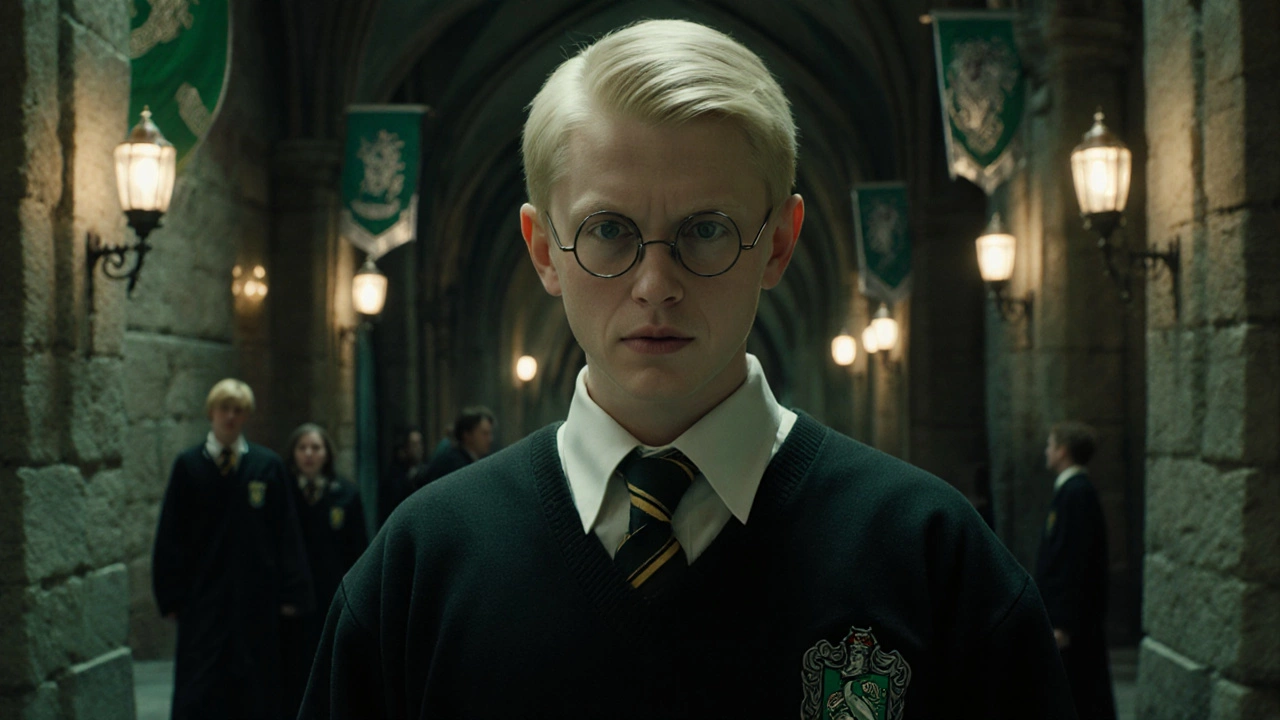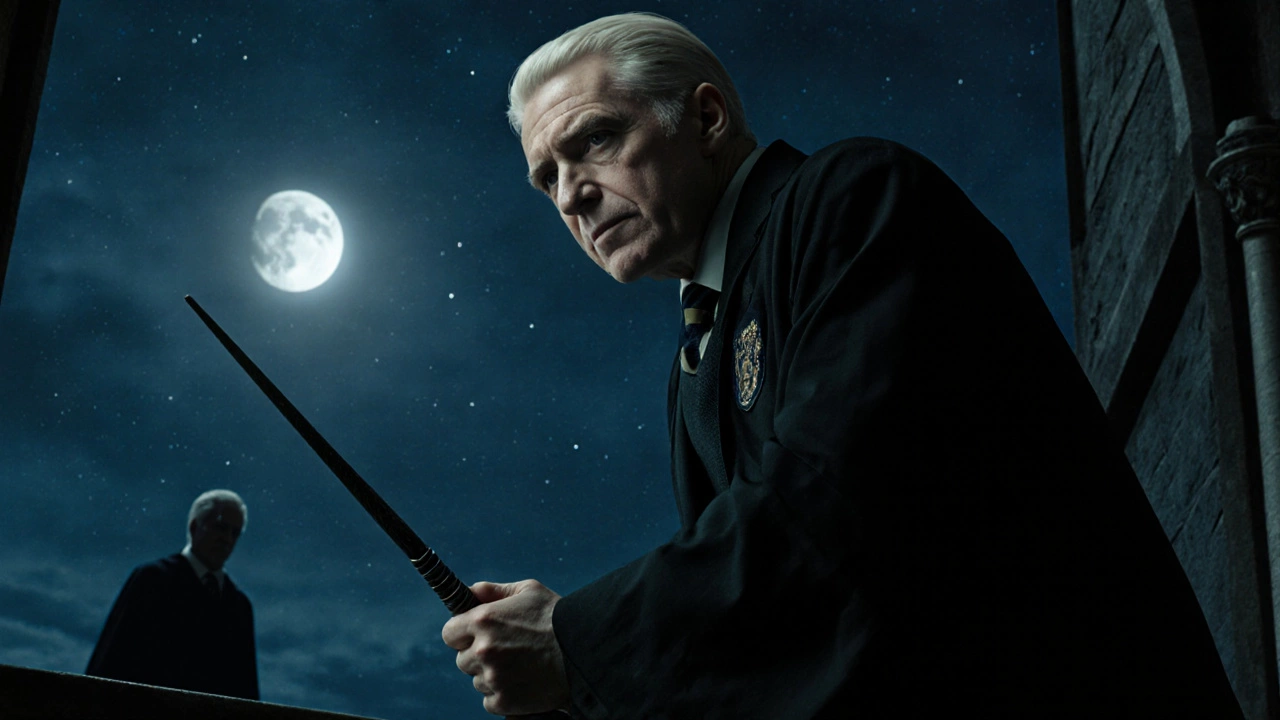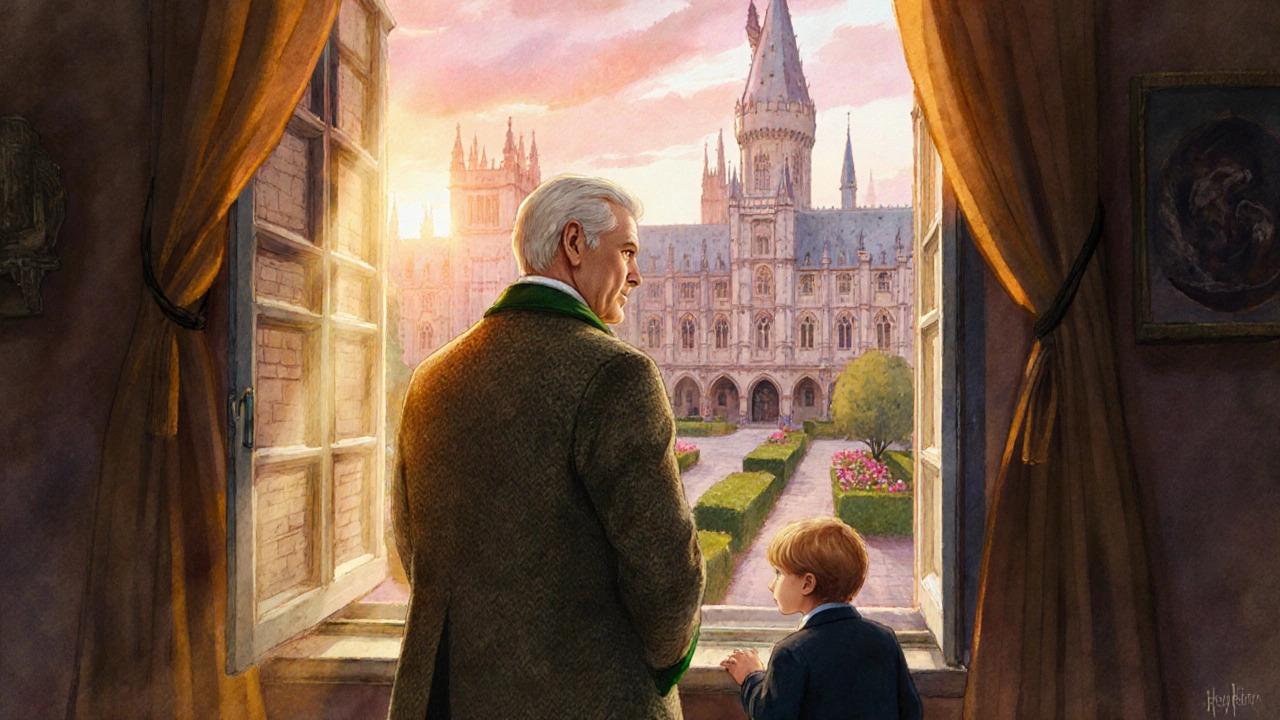Is Draco Malfoy a Minor Character? Harry Potter Character Analysis

Draco Malfoy Character Analysis Tool
Evaluate Draco Malfoy's Role
Rate Draco Malfoy on key criteria to determine if he's a major or minor character:
Analysis Criteria Breakdown
- Narrative Centrality: Does his goal intersect with the protagonist's?
- Screen-Time: How frequently does the character appear?
- Character Development: Is there a clear arc or transformation?
When fans argue whether Draco Malfoy counts as a minor character, they’re really asking how much influence he has on the story’s shape. This article breaks down what defines a major versus a minor role, counts Draco’s screen‑time, and weighs his impact on the plot and the wizarding world.
What Makes a Character "Major" or "Minor"?
In narrative theory, a major character typically drives the central conflict, appears in most chapters, and undergoes significant growth. A minor character, by contrast, supports the main arc, shows up sporadically, and rarely changes direction. These labels aren’t rigid; they hinge on three core attributes:
- Narrative centrality: Does the character’s goal intersect with the protagonist’s?
- Screen‑time or word count: How often does the character appear?
- Character development: Is there a clear arc or transformation?
With those criteria in mind, we can examine Draco’s role across the seven books.
Draco Malfoy's Appearances Across the Series
Draco Malfoy is a Slytherin student who serves as Harry Potter’s rival at Hogwarts. He first appears in Harry Potter and the Sorcerer's Stone as a privileged yet antagonistic peer.
Across the series, Draco shows up in:
- All seven core novels, with a total of roughly 300 mentions.
- Every Hogwarts‑based film adaptation, sharing screen‑time with Harry in most scenes set at the school.
- Multiple spin‑off publications (e.g., Fantastic Beasts drafts, Pottermore articles).
His presence spikes in Chamber of Secrets, Half‑Blood Prince, and Deathly Hallows, where he takes on more plot‑driving duties.

Plot Impact: Key Scenes Involving Draco
Key moments that cement Draco’s narrative weight include:
- Chamber of Secrets: Draco’s taunts set the tone for the school’s divided atmosphere.
- Half‑Blood Prince: He is tasked by Voldemort to kill Albus Dumbledore, a mission that directly triggers the climax of the series.
- Deathly Hallows - Malfoy Manor: Draco’s internal conflict surfaces when he hesitates to hand over Harry, showing a subtle shift from pure antagonist to conflicted youth.
These episodes give Draco agency beyond simple bullying, tying his decisions to the overarching conflict between good and evil.
Fan and Critical Perspectives on Draco's Role
Critics often cite Draco as a foil to Harry, highlighting class tension and moral ambiguity. In a 2022 literary analysis, Professor Elaine Turner noted that Draco’s “gradual defection from pure-blood ideology” mirrors real‑world reckonings with inherited privilege.
Fans on platforms like Reddit and the Harry Potter forums split into two camps:
- Those who view him as a minor antagonist because he never leads a rebellion.
- Those who argue his major status stems from his direct involvement in Dumbledore’s death, a pivotal event.
Both sides agree that Draco’s evolution-especially his eventual rejection of the Death Eaters-adds depth to the wizarding narrative.

Minor vs. Major: Quick Comparison Table
| Trait | Major Character | Minor Character |
|---|---|---|
| Central to main plot | Yes (e.g., Harry, Hermione, Dumbledore) | Supporting role (e.g., Argus Filch, Mrs. Norris) |
| Significant character arc | Clear growth or change | Static or background |
| Screen‑time / mentions | High frequency | Low frequency |
| Influence on climax | Direct impact | Indirect or none |
When you line up Draco against these criteria, he ticks three out of four boxes. He drives essential plot points, especially in the later books, and his arc shifts from pure antagonist to conflicted youth.
Bottom Line: Is Draco a Minor Character?
Given the evidence, labeling Draco Malfoy strictly as a "minor" character feels too narrow. While he doesn’t occupy the protagonist’s spotlight, his actions directly affect the series’ climax, and his personal journey mirrors broader themes of redemption and prejudice. In narrative terms, Draco sits in a gray zone-more than a cameo, but less than a hero.
So, if you’re asking whether he’s merely a background foil, the answer is no. He’s a pivotal supporting character whose evolution enriches the story’s moral complexity.
Frequently Asked Questions
How many chapters feature Draco Malfoy?
Draco appears in roughly 70 chapters across the seven books, with the highest concentration in Book 6 (Half‑Blood Prince) where he is central to the plot.
Did J.K. Rowling ever call Draco a minor character?
In a 2005 interview, J.K. Rowling described Draco as “an important foil” rather than a “minor” figure, emphasizing his role in exploring themes of privilege.
What house does Draco belong to?
He is a member of Slytherin House, known for valuing ambition and resourcefulness.
Does Draco ever join the Death Eaters?
Yes. In Half‑Blood Prince and Deathly Hallows, Draco is coerced into serving the Death Eaters, though his loyalty wavers.
How does Draco’s story end?
In the epilogue, Draco is married to Astoria Greengrass and has a son, Scorpius, indicating a move away from his earlier dark affiliations.
